|
0 Comments
Hot off the press! BEYOND DRAWING is a fabulous book which questions what can a drawing be? Huge thanks to Ann Davoren director of Uillinn: West Cork Arts Centre.], Arno Kramer curator and Caoimhin Mac Giolla Leith for their insightful essays. Oonagh Young fantastic book designer - Jed Niezgoda photographer, the Arts Council of Ireland for their support and the production by DrawingdeCentered. The book is available from Uillinn, West Cork Arts Centre. Poetry Encounters - Jane Clarke and Felicity Clear - Butler Gallery, Kilkenny - March 8th 20234/5/2023 Poetry Encounters, a special series of artist-poet, readings and discussions, presented in association with Poetry Ireland to mark Butler Gallery's 80th Anniversary. Artists whose work features in Butler Gallery's 80th Anniversary Collection Exhibition share and exchange insights into their own work with poets. The poets read from their collections, explore the exhibition and consider how the visual arts have influenced their writing. www.butlergallery.ie/whats-on/poetry-encounters
Something Hidden Revealed
11am-1pm, 3 March This seminar focuses on how drawing exists as a discipline in its own right and not just as a means to an end. Through presentations by artists Felicity Clear, Helen Farrell, and Brian Fay, and a moderated discussion, Something Hidden Revealed explores how contemporary drawing practices have the potential to reveal hidden meanings in existing investigations and offers an innovative approach to interdisciplinary research practices. The seminar accompanies the current Glucksman exhibition A Line Around an Idea. Speakers: Felicity Clear is an artist and Fine Art lecturer at National College of Art & Design Dublin. Her work is currently featured in A Line Around an Idea at the Glucksman and Mapping Atmospheres at Leitrim Sculpture Centre from February 24. Helen Farrell is an artist and Fine Art lecturer at MTU Crawford College of Art & Design Cork. Her drawings are currently exhibited in A Line Around an Idea at the Glucksman. Brian Fay is an artist and Fine Art lecturer at TU Dublin. His touring exhibition The Most Recent Forever is showing at Uillinn: West Cork Arts Centre, Skibbereen, from February 18.Moderated by Chris Clarke, Senior Curator at the Glucksman. Sisk Gallery, The Glucksman Pablo Bronstein, Felicity Clear, İnci Eviner, Helen Farrell, Rachel Goodyear, Julie Merriman, O’Donnell + Tuomey, Dan Perjovschi, plattenbaustudio, Barbara Walker, Rinus Van de Velde
Curated by Chris Clarke and Fiona Kearney Dessiner met une ligne autour d'une idée Drawing is putting a line around an idea Henri Matisse Drawing is used across a wide range of disciplines as a foundational way of learning, sharing and generating knowledge. It is exploratory and experimental, a means of sketching out plans and articulating ideas, line by line. The exhibition A Line Around an Idea features work by contemporary artists and architects whose practices demonstrate how drawing can be a creative - and disruptive - force, a way of knowing the world through observation, but also a medium that can redraw the lines to present different histories and representations. Drawing DeCentered - Exhibition Residency Leitrim Sculpture Centre, November 2022 to March 20234/5/2023 "This group exhibition exploring drawing includes new and site-specific work by three Irish and three Dutch artists curated by Dutch artist and curator Arno Kramer. Drawing is a speculative and exploratory process, and many contemporary artists are testing what the parameters of a drawing can be. Charcoal, pencil and ink have been supplemented with materials such as wire, tape, wood and steel. Artists are experimenting with materials such as smoke, water, light and air, and methods of presentation such as installation and film." This exhibition captures a moment in contemporary drawing practices, it invites the viewer to viscerally engage with drawing through an expanded field which opens up new possibilities. Several of the works are site specific and constructed on site over time and in relation to the physical building, all are experimental and explorative, while holding an authenticity and sensitivity to the core of drawing practice. This approach to drawing lies at the heart of the practice of each artist selected for Beyond Drawing - three artists from Ireland and three from The Netherlands – by curator Arno Kramer. 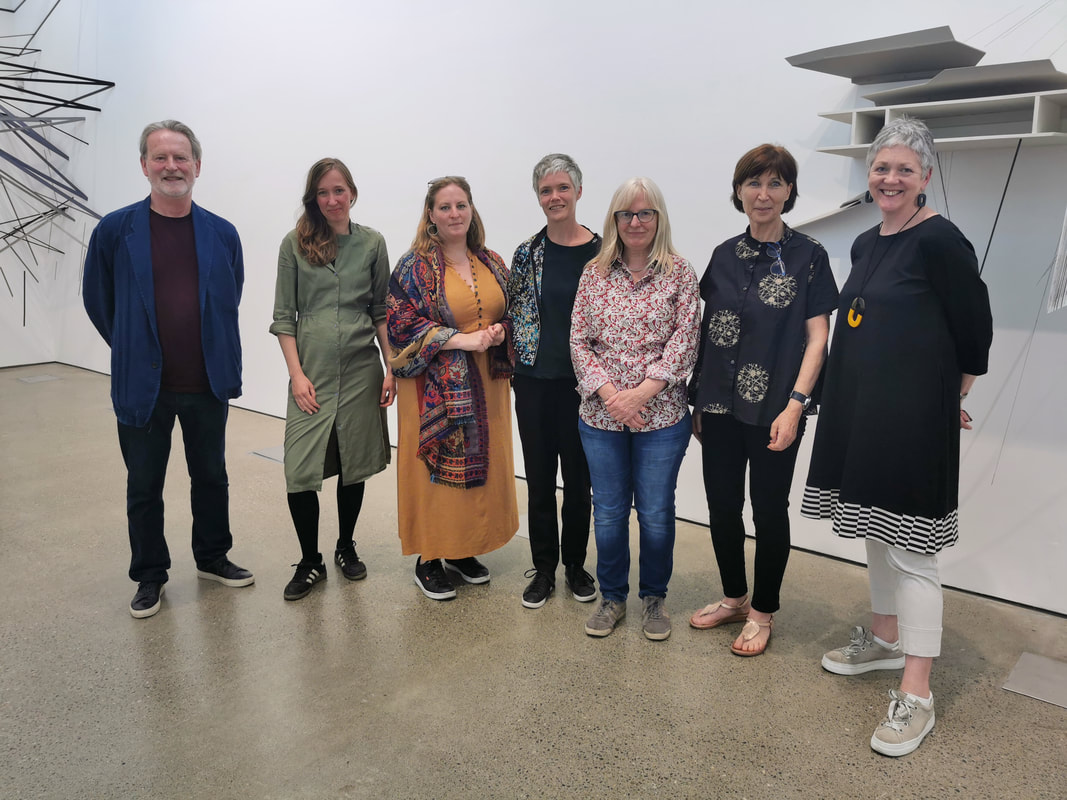 Beyond Drawing Exhibiting opening 23rd July 2022 Uillinn West Cork Arts Centre. (left to right) guest speaker Caoimhín Mac Giolla Leith, Marleen Kappe, Kiera O'Toole, Marisa Rappard, Felicity Clear, Mary Ruth Walsh and Uillinn Director Anne Davoren Beyond Drawing Exhibiting opening 23rd July 2022 Uillinn West Cork Arts Centre. (left to right) guest speaker Caoimhín Mac Giolla Leith, Marleen Kappe, Kiera O'Toole, Marisa Rappard, Felicity Clear, Mary Ruth Walsh and Uillinn Director Anne Davoren Ecologies of Drawing: In Situ, selected by guest curator Sara Schneckloth, accompanies the Drawing Research Network‘s 2022 Ecologies of Drawing series of research presentations organised by the Drawing Research Group (DRG) at Loughborough University.
We invited drawn submissions in response to the theme of ‘Ecologies of Drawing’ and these selected images explore Ecologies of Drawing and how they can act as agents of change. Scientifically concerned with the interrelationship of organisms and environments, in the context of drawing, the term ecology might be understood generously to include: environments of dynamic exchange and metastable equilibrium; inter-relational sites of spatial and temporal encounter; the complex systems and patterns of material and virtual worlds; social, political, and economic ecologies; self-sustaining microcosms within spheres of containment; and fragile interdependencies. In the light of the analogous and entwined conditions of drawing and ecology, we were curious to learn how the agency of drawing operates as an ecological practice – be it in graphite trails, sonic traces, and waves of light, or events and encounters that activate diverse thought and conversation. Submissions were invited from anyone practicing drawing in a traditional or expanded way and we received well over 100 entries from artists across the globe.We would like to thank all who supported the exploration of this theme and to extend a special thank you to Sara for her committed and attentive approach to the selection and curation of the exhibition. Sara Schneckloth’s expanded drawing practice centres on intersections of biology, geology, and architecture as understood through body, material, and mark. An Associate Professor in the School of Visual Art and Design at the University of South Carolina (US) and co-curator of the Seed Cultures Archive, a project in conversation with the Svalbard Global Seed Vault, Schneckloth holds degrees from Northwestern University and the University of Wisconsin, and has exhibited, taught, and published throughout the US, UK, Canada, South Africa, Norway, and France.Recordings of the Temporal Drawing research presentations can be viewed on the Drawing Research Network website. https://www.google.com/search?client=firefox-b-d&q=in+situ+ecologies+of+drawing+DRN
https://research.hud.ac.uk/art-design/events/dc4/recordings/?fbclid=IwAR2kIx95bsDF1DowfdFYxHIr9OnBPHrgJZQacRJyQjGPqclxNF13-Zv4nOA
|
AuthorNotes, Articles, Reviews Archives
April 2023
Categories |
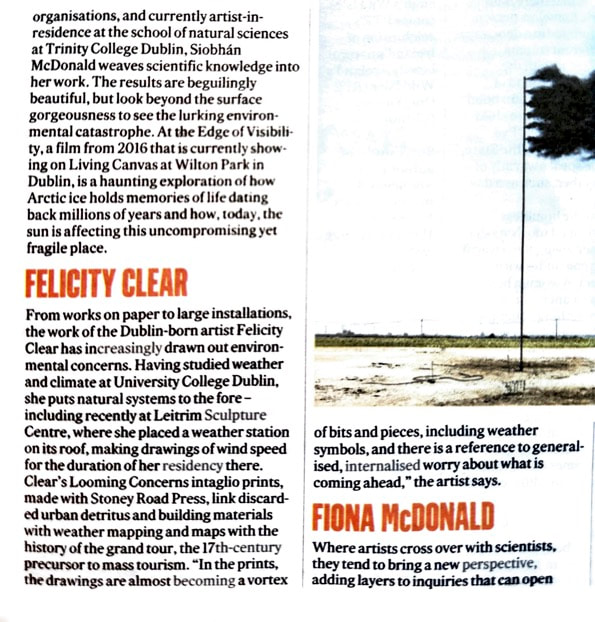
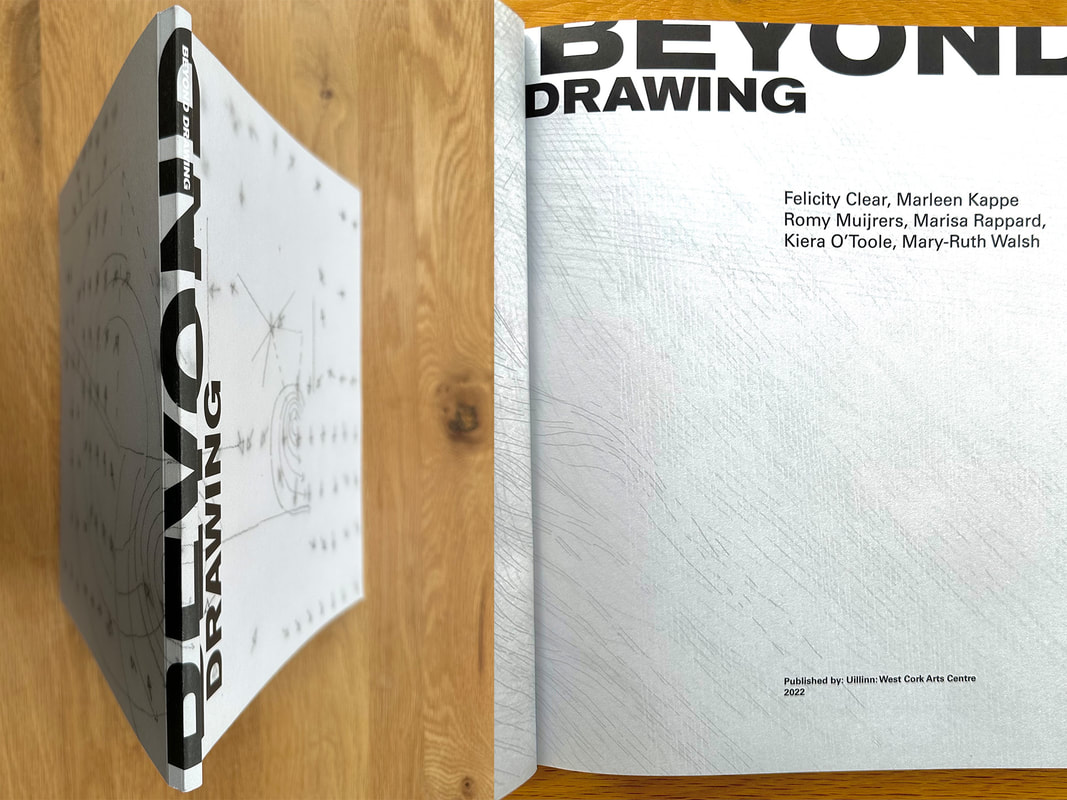

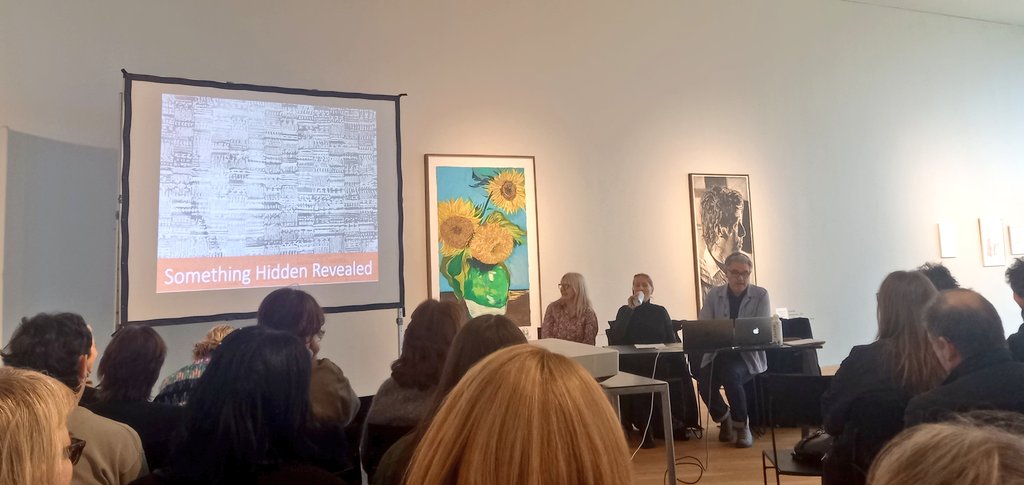
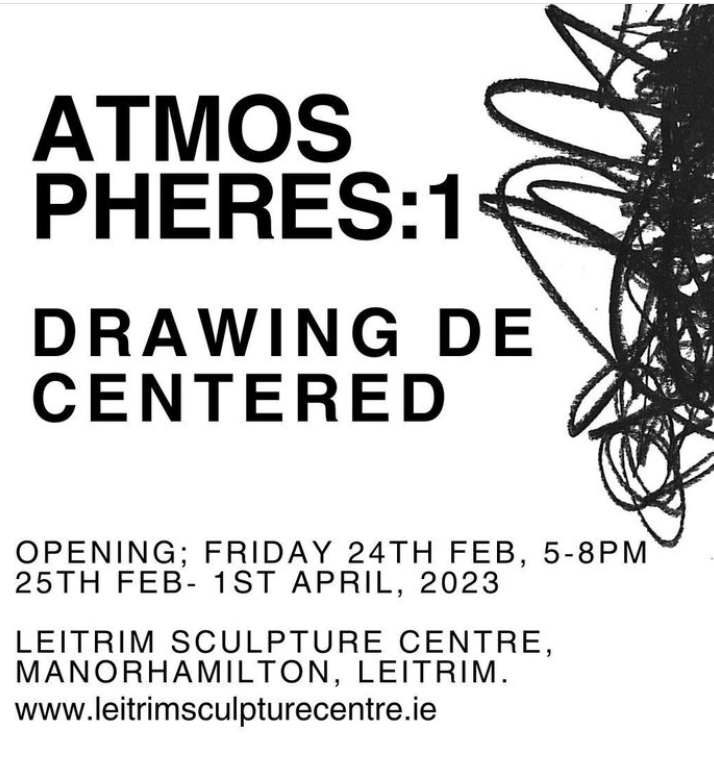
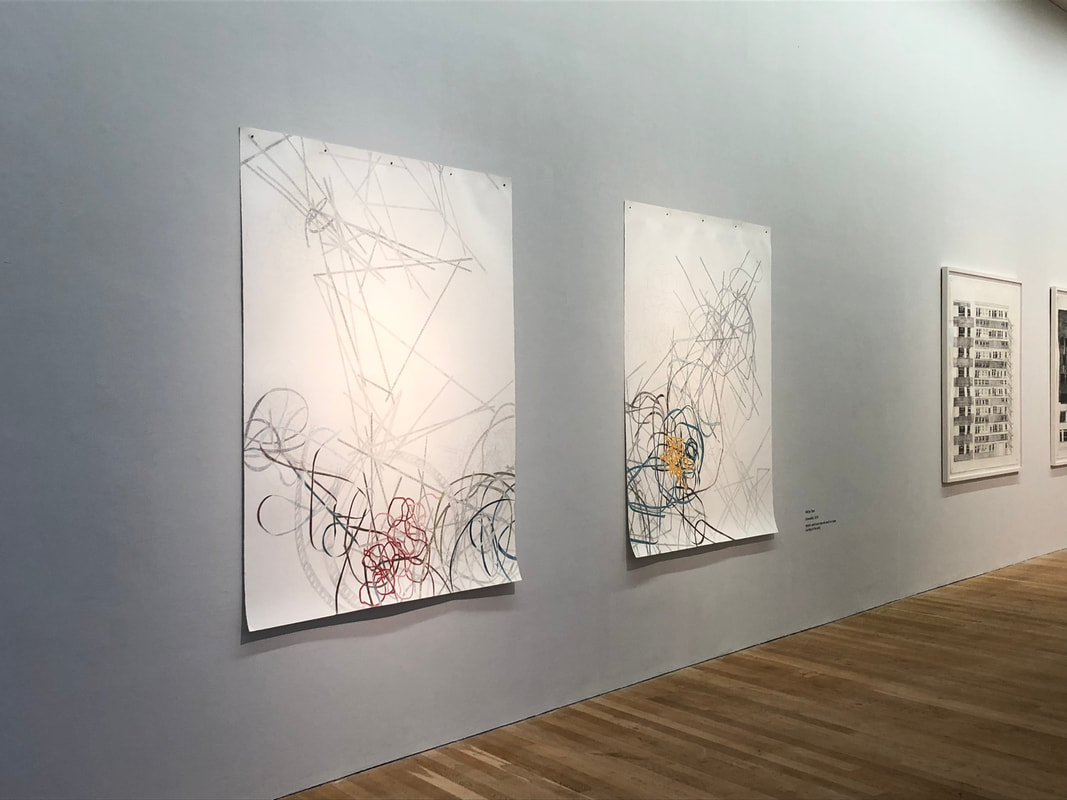
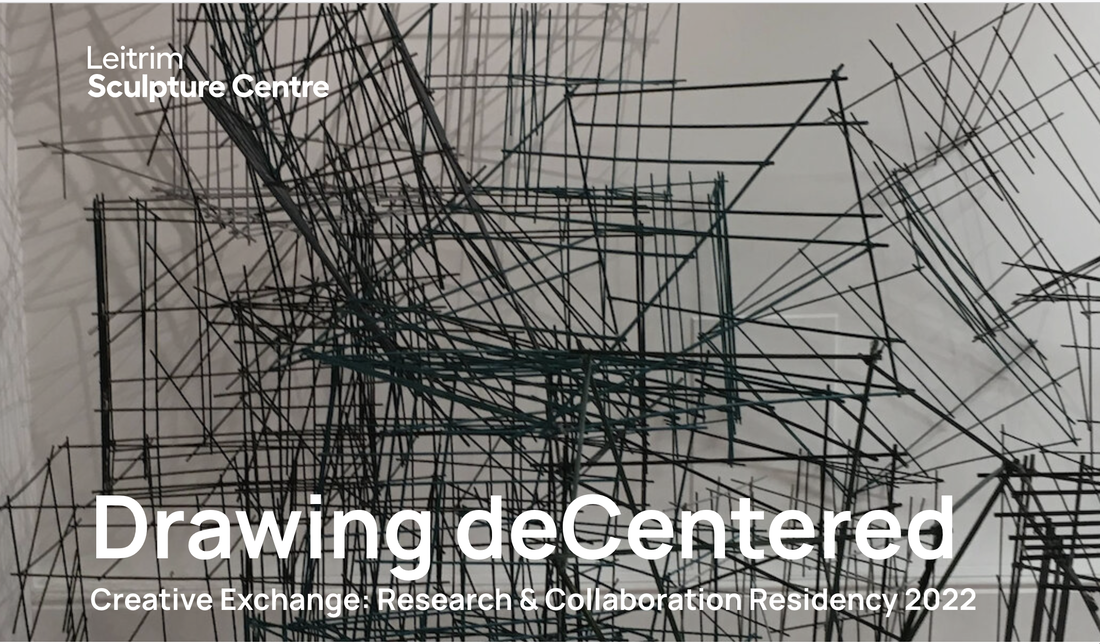
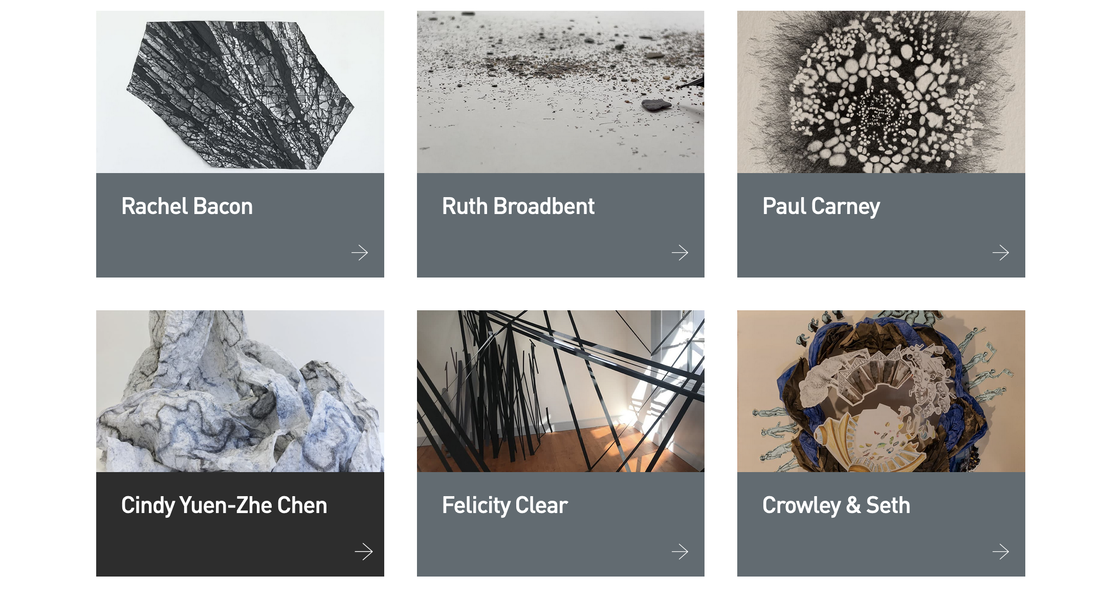
 RSS Feed
RSS Feed